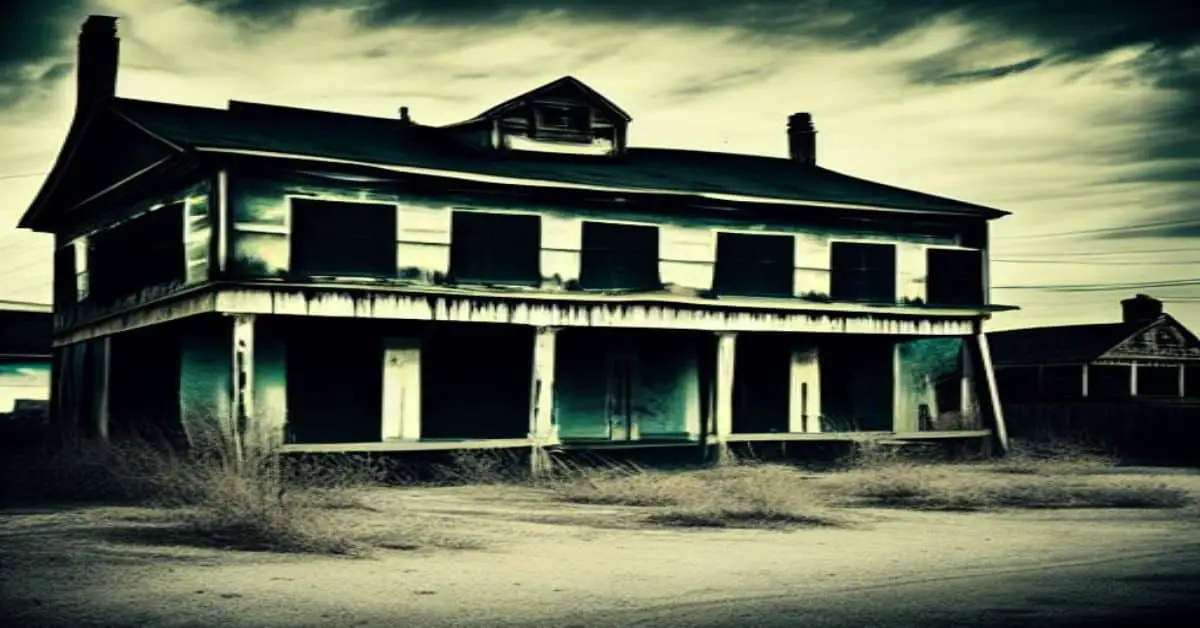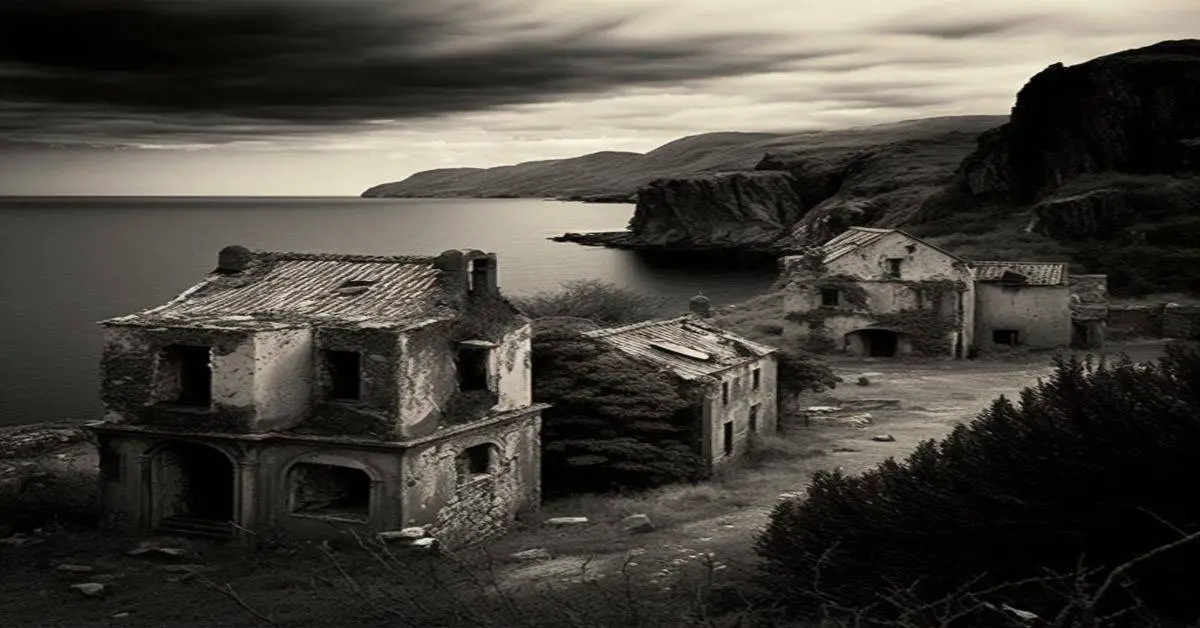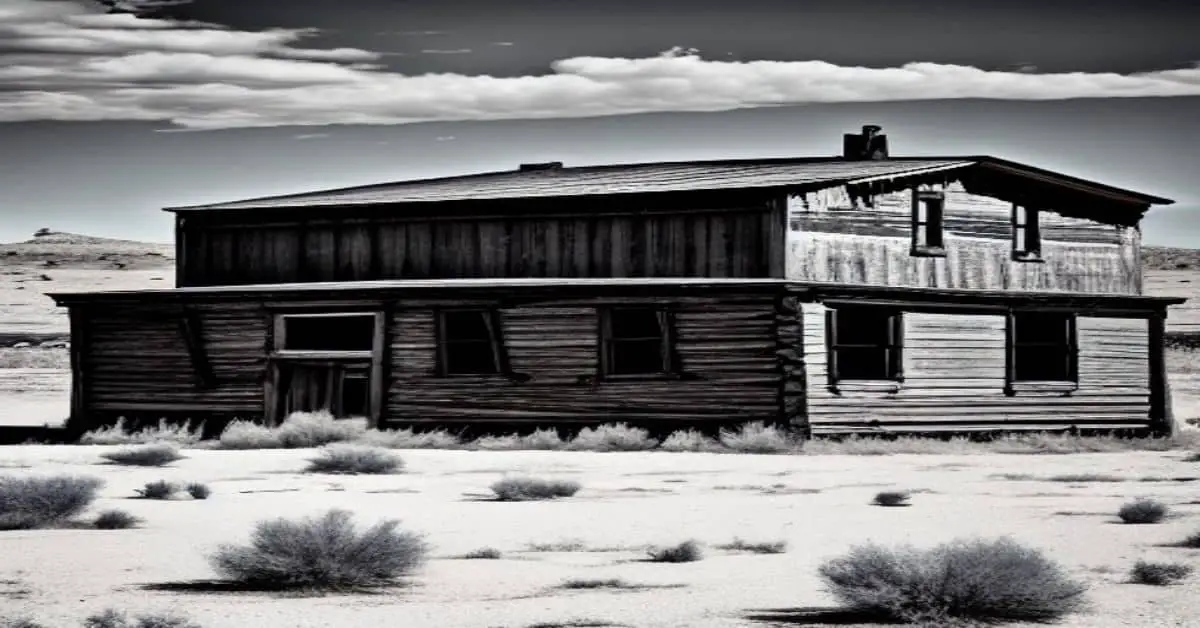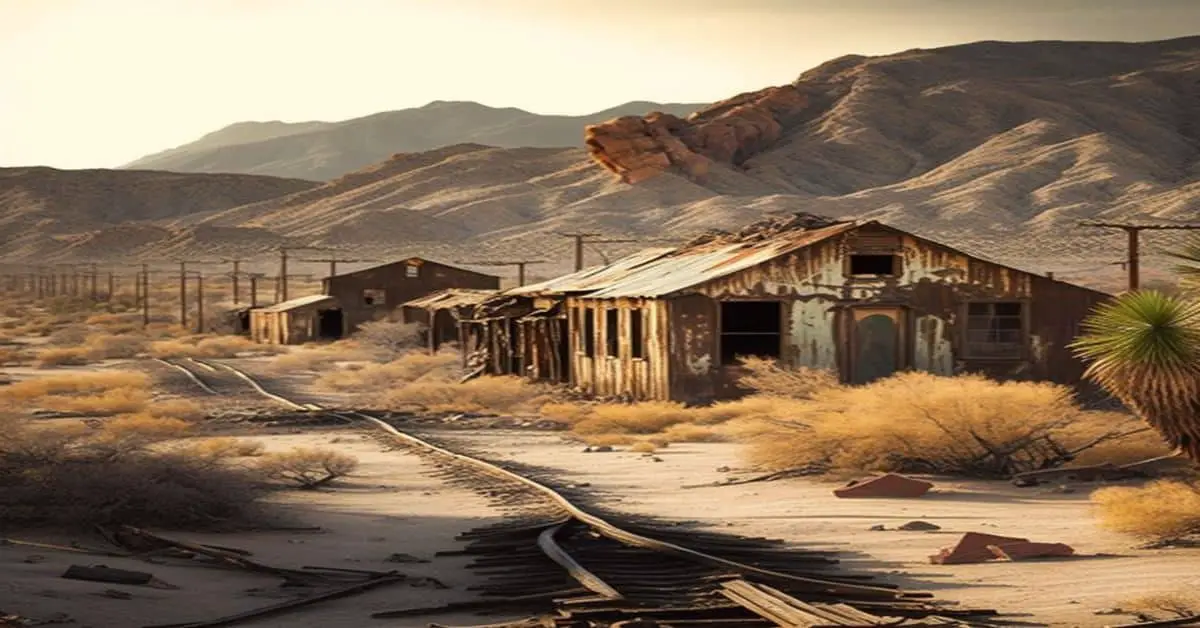Vulture City: A Rich History Hidden in the Arizona Desert
Vulture City, located just 14 miles outside of Wickenburg, Arizona, is a historic ghost town that once thrived as one of the richest gold mines in the West. Boasting a captivating history filled with Apache raids, stagecoach robberies, and incredible wealth, this Arizona ghost town has survived the test of time.
It offers a genuine glimpse into life during the gold rush era.
The Birth of Vulture City: Discovery of Gold
Henry Wickenburg, a California prospector, stumbled upon a gold-rich quartz outcropping in 1863, which led to the establishment of the Vulture Mine. The mine quickly gained a reputation as the most productive gold mine in Arizona’s history, producing an estimated 340,000 ounces of gold and 240,000 ounces of silver throughout its operation from 1863 to 1942.
As a result, Vulture City, a small mining town, was born to support the booming industry.
Henry Wickenburg: The Man Behind the Mine
Born Johannes Henricus Wickenburg in 1819 in a Prussian coal mining town, Henry and his brother mined coal on their land until a government raid over mineral rights prompted Henry to emigrate to America at 27.
After arriving in San Francisco, he joined a party searching for gold in the Arizona Territory in 1862 and eventually settled near the Hassayampa River.
There are several stories surrounding Wickenburg’s discovery of gold in the area. In one version, he threw a rock at a stubborn burro, which split open to reveal gold inside. In another, a vulture he shot fell onto an outcropping containing gold.
In yet another account, Wickenburg noticed white quartz in a large outcropping and investigated further, knowing that gold is often found with white quartz. Regardless of the details, Wickenburg’s discovery changed the course of Arizona’s history and led to the foundation of Vulture City.
Vulture City: A Thriving Mining Town
At its peak, Vulture City was home to over 5,000 residents. It boasted a self-contained community with boarding houses, general stores, saloons, brothels, a cookhouse and mess hall, a blacksmith shop, a school, and various mine-related buildings.
Wickenburg held numerous jobs in the area, including serving as Vulture City’s Postmaster, a school inspector, a judge, and the Justice of the Peace.
However, life in Vulture City was far from idyllic. The remote, inhospitable location was under constant threat of attack from Yavapai and Tonto Apache tribes, and lawlessness and greed often led to violent encounters.
Theft of gold ore was common, leading to hangings on the town’s infamous ironwood hanging tree. Despite these challenges, the Vulture Mine continued to produce gold, contributing to the growth of nearby towns like Wickenburg and Phoenix.
The Decline and Abandonment of Vulture City
By the early 1940s, the Vulture Mine began to see a decrease in production, and in 1942, a regulatory agency shut down the mine. Although the mine owners appealed the decision and briefly reopened the operation, it never regained its former glory.
Following the mine’s closure, Vulture City was abandoned, leaving behind a collection of decaying buildings and relics of a bygone era.
Vulture City Today: A Historic Ghost Town
Today, Vulture City has been carefully restored and is open to the public for exploration. Over a dozen of the original buildings still stand, with plans for more restoration projects in the future. Visitors can tour the original assay office, the brothel, the cookhouse, and even stand over the original Nichols Raise, a mineshaft that runs 170 feet straight down.
Guided tours of Vulture City are offered from October through Mother’s Day, while self-guided tours are available year-round. For updated pricing, events, and tour information, visit Vulture City’s website: vultureminetours.com.
Exploring Vulture City: A Journey Back in Time
Visiting Vulture City offers a unique opportunity to step back in time and experience the history and atmosphere of an authentic Arizona ghost town. Many period relics can be found throughout the town, including tables, chairs, clothes, and other antique objects that bring the rooms back to life.
A Glimpse into the Lives of Vulture City’s Residents
The remaining buildings and artifacts offer a window into the lives of the miners and their families who once called Vulture City home. The blacksmith’s shop, Assay Office, power plant, and boarding houses provide a sense of the daily challenges and triumphs experienced by those who lived and worked in this remote mining town.
The Hanging Tree: A Dark Reminder of Vulture City’s Past
One of Vulture City’s most infamous landmarks is the old ironwood hanging tree, where 18 men were hanged on charges of high grading (stealing ore). This somber reminder of the town’s violent history stands as a testament to the lawlessness and greed that often plagued mining towns like Vulture City.
Vulture Mine: The Heart of Vulture City
The Vulture Mine, now silent and abandoned, was once the lifeblood of Vulture City. As one of Arizona’s most profitable mines, the Vulture Mine played a significant role in shaping the region’s history and the fate of its residents.
Although the mine is no longer in operation, its impact on the area’s development and the growth of nearby towns like Wickenburg and Phoenix is undeniable.
Getting to Vulture City
To visit Vulture City, take US 60 (Grand Avenue) northwest from Phoenix to Wickenburg, Arizona, approximately 50 miles from downtown Phoenix. Upon reaching Wickenburg, continue west on US 60 for about 2.5 miles to Vulture Mine Road. Turn south and travel about 12 miles to Vulture City.
Uncovering the Secrets of Vulture City
Despite its turbulent past, Vulture City is now a peaceful and intriguing destination for history buffs, ghost town enthusiasts, and adventure seekers alike.
As visitors wander the remnants of this Arizona ghost town, they are not only exploring the physical remains of a bygone era but also uncovering the secrets and stories that lie hidden within the shifting sands of the desert.



